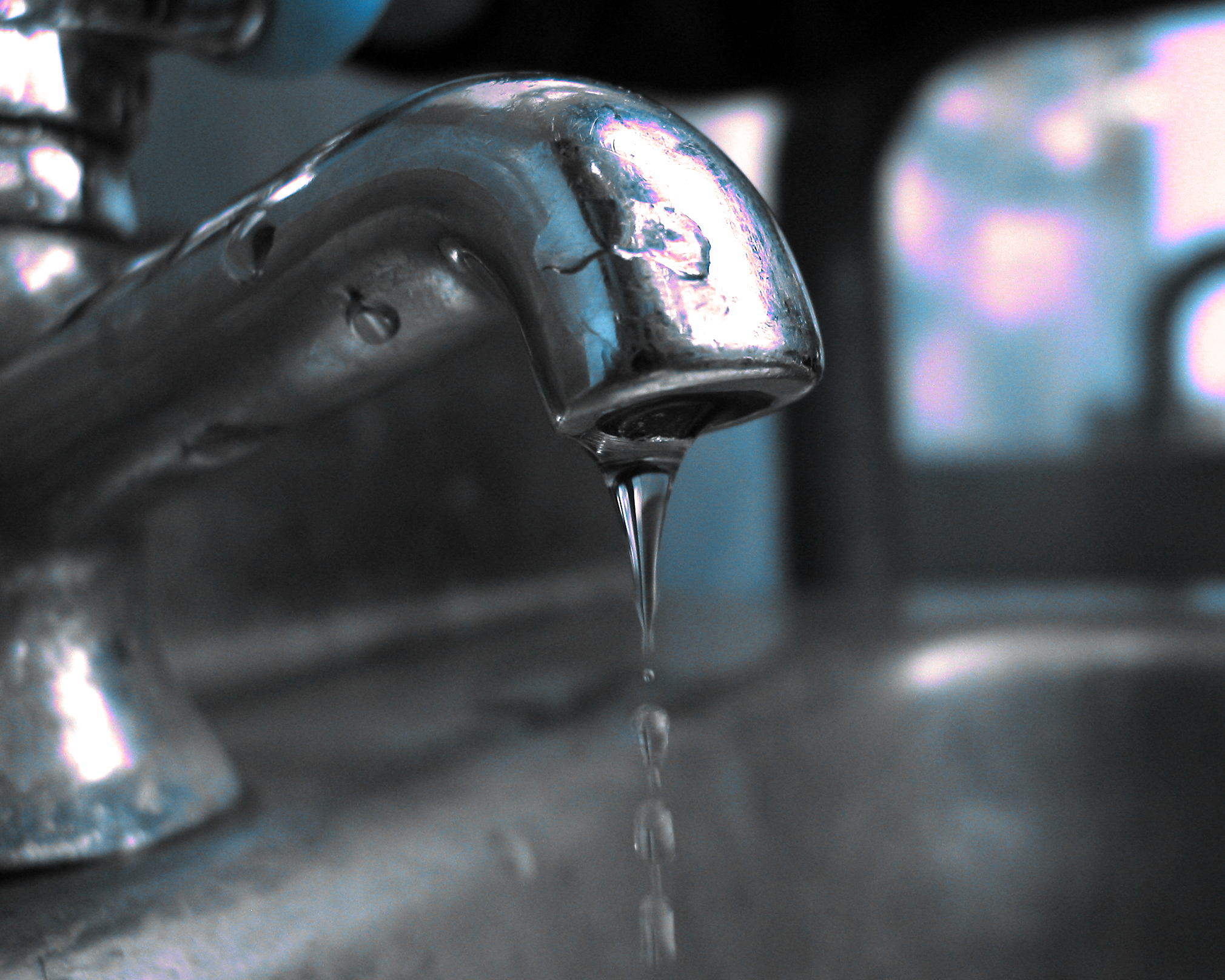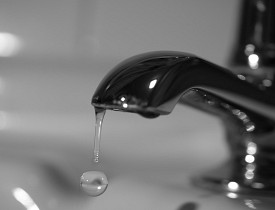Learning the Significance of Correcting a Dripping Faucet
Learning the Significance of Correcting a Dripping Faucet
Blog Article
We've unearthed this post involving Why Is It Important To Fix Your Leaking Tap/Faucet? directly below on the web and concluded it made perfect sense to talk about it with you over here.

Dripping taps could look like a minor aggravation, but their effect exceeds simply the annoyance of the sound. From wasting water to sustaining unneeded financial costs and health risks, disregarding a leaking faucet can result in different repercussions. In this short article, we'll explore why it's important to resolve this typical family concern without delay and properly.
Wastefulness of Water
Ecological Impact
Dripping taps contribute significantly to water wastefulness. According to the Epa (EPA), a single tap leaking at one drip per second can squander more than 3,000 gallons of water annually. This not only pressures water resources yet also influences ecosystems and wild animals dependent on them.
Step-by-Step Guide to Repairing a Dripping Faucet
Tools Needed
Prior to attempting to take care of a dripping tap, collect the necessary tools, consisting of a flexible wrench, screwdrivers, replacement parts (such as washers or cartridges), and plumber's tape.
Typical Tap Issues and Their Solutions
Recognize the type of faucet and the particular problem causing the drip. Common problems include worn-out washers, corroded valve seats, or faulty O-rings. Refer to manufacturer guidelines or on-line tutorials for detailed support on repair services.
Financial Costs
Increased Water Costs
Past the environmental impact, dripping taps can pump up water bills significantly. The built up wastefulness over time converts into higher energy expenditures, which could have been avoided with prompt repair work.
Possible Property Damages
Moreover, extended trickling can result in damage to fixtures and surface areas surrounding the tap. Water accumulation can trigger discoloration, corrosion, and even architectural issues if left ignored, causing added repair expenses.
Health and wellness Problems
Mold And Mildew and Mold Growth
The continuous existence of wetness from a leaking tap creates an optimal atmosphere for mold and mold development. These fungis not just endanger interior air high quality but also posture wellness dangers, especially for people with breathing problems or allergies.
Waterborne Conditions
Stagnant water in leaking taps can become a breeding place for bacteria and other virus, increasing the threat of waterborne illness. Impurities such as Legionella germs thrive in stagnant water, potentially leading to severe ailments when ingested or breathed in.
DIY vs. Professional Repair
Benefits and drawbacks of DIY Repair Work
While some might try to fix a leaking faucet themselves, do it yourself fixings come with their own set of difficulties. Without appropriate understanding and devices, do it yourself attempts can worsen the issue or cause insufficient fixings, lengthening the issue.
Benefits of Working With a Specialist Plumber
Employing an expert plumber guarantees that the underlying reason for the dripping tap is attended to efficiently. Plumbings have the know-how and devices to detect and repair tap issues successfully, saving time and lessening the risk of additional damages.
Environmental Duty
Individual Payment to Preservation
Taking responsibility for dealing with dripping faucets aligns with broader initiatives toward water preservation and ecological sustainability. Every individual's actions collectively make a considerable influence on maintaining priceless resources.
Sustainable Living Practices
By prioritizing prompt fixings and embracing water-saving behaviors, people add to lasting living methods that benefit both present and future generations.
Preventive Measures
Regular Upkeep Tips
To stop trickling faucets, carry out routine upkeep such as cleaning up aerators, inspecting for leaks, and changing worn-out parts without delay. Additionally, think about mounting water-saving devices or updating to much more efficient components.
Importance of Prompt Repairs
Resolving leaking taps as soon as they're observed prevents additional water wastefulness and potential damages, inevitably saving both water and money in the future.
Impact on Property Value
Understanding of Well-Maintained Building
Maintaining a building in good condition, consisting of addressing maintenance issues like dripping taps, boosts its viewed worth and desirability amongst prospective purchasers or renters.
Influence on Resale Value
Characteristics with well-maintained plumbing fixtures, consisting of taps, command higher resale values in the property market. Dealing with dripping faucets can add to a favorable impression throughout home evaluations and negotiations.
Verdict
Dealing with a trickling faucet surpasses simple convenience; it's a necessary step towards preserving water, decreasing economic costs, and securing wellness and residential or commercial property. Whether via do it yourself repair work or expert help, doing something about it to fix leaking faucets is a little yet impactful method to advertise accountable stewardship of sources and add to a much healthier, a lot more sustainable future.
How to Fix a Leaky Faucet: Step-by-Step Repair Guide
A leaky faucet may seem like a simple annoyance, but if it's not fixed promptly, that leak could cost hundreds to potentially thousands. From water damage to mold, mildew, and high water bills, even a tiny leak can be catastrophic if left unattended. Damage like this can even affect the overall value of your home, so it's important to take the right approach for leaky faucet repair. You may need the help of a plumber in some cases, but we've got a few tips you can try on how to fix a leaky faucet before calling the pros.
Four Faucet Types
When you're learning how to fix a leaky faucet, the first step is knowing what kind of faucet you're working with! There are four common types.
Cartridge Faucets
Cartridge faucets come in one- or two-handled varieties. In one-handled cartridge faucets, hot and cold water combines in a single cartridge. In the two-handled versions, hot and cold water are controlled separately and mixed in the faucet.
Ball Faucets
Ball faucets have a single lever you push up and down to adjust the pressure and rotate to change the temperature. A slotted metal ball controls the amount of water allowed into the spout.
Compression Washer Faucets
They're the oldest type of faucet, but they're still used in many homes — especially older ones. Compression faucets have two separate handles that, when turned, raise or lower the washer that seals a water valve. This valve stops water from flowing through the faucet when it is turned off.
Disc Faucets
Disc faucets rarely need to be repaired due to their maintenance-free design. The water flow is controlled by two discs — the upper one raises and lowers against a fixed lower disc, creating a watertight seal. If your disc faucet starts leaking, you may need to replace the seals or clean residue buildup from the inlets.
Fixing a Leaky Faucet
Step 1: Turn Off the Water
Whether you're learning how to fix a leaky bathtub faucet or how to fix a leaky kitchen faucet, always turn off the water supply to your working area when you're fixing a leak. The last thing you want is a flood added to your list of things to fix.
Look for the shutoff valves below your sink or around the tub and turn them clockwise to stop the water flow. If your faucet doesn't have shutoff valves, you may need to turn off the water for the whole house. Check to make sure it's off by turning the faucet on. If nothing comes out, you're ready to start the repair.
Step 2: Take Apart the Faucet
How you disassemble your faucet depends on the type of fixture you have. You can use a flathead screwdriver to remove the caps on top of the handle or handles for cartridge and compression faucets. Inside, you should see handle screws. Unscrew these with a screwdriver to remove the handle.
Disc- and ball-style faucets will typically have an inlet screw near the handle, and removing that will reveal the interior of the faucet.
Detach the Valve Stem
For cartridge- and compression-style faucets, you'll see the inner valve stem or cartridge once you remove the faucet handles. If you have a compression faucet, unscrew the brass valve stem. If you have a cartridge faucet, pull out the cartridge. If your cartridge has been in place for a while, it may require some tools or extra force to remove it due to mineral deposits.
Examine and Replace Parts
Once you've removed the parts, check them out to confirm what needs to be replaced. You may see corroded rubber washers, O-rings, stems, or cartridges. On a ball-style faucet, check the seats and springs for damage.
If you need to repair a leaky disc faucet, check the inlet and seals on the lower disc.
Once you determine what parts must be replaced, visit your local hardware store. Bring the damaged parts with you to ensure you can purchase the correct components to replace them.
Clean Valves and Faucet Cavity
If you've removed a stem or cartridge, you may notice mineral buildup in the faucet's threads. Use white vinegar to clean the valve seat by soaking it for a few minutes, then scrub it away with a soft toothbrush and rinse with warm water. You can also clean the interior of the faucet in the same way.
Reassemble the Faucet
Once your faucet is cleaned and the required parts have been replaced, it's time to reassemble it. Put the pieces back together and slowly turn the water supply back on. Doing this slowly is crucial because too much initial water pressure can damage the new hardware you've just installed.
https://homewarranty.firstam.com/blog/how-to-fix-leaky-faucet

We were shown that report on Water Dripping from Faucet: Why and How to Fix through a good friend on a different blog. Sharing is nice. You never know, you may be doing someone a favor. Kudos for being here. Don't forget to check our website back soon.
Report this page